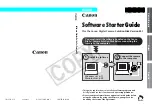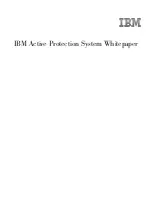
4-36
A-61635 December 2010
Examples
“324.5”
Î
“ 324.50”
“abcd”
Î
“ 0.00”
p<-20, 2>
Description
— a number expressed as a percentage with a total width of 20
characters and 2 digits after the decimal point. The string will be left aligned.
Examples
“0.12abc”
Î
“12.00% “
“-43”
Î
”-4300.00% “
c<20, 0>
Description
— a number expressed as currency with a total width of 20
characters and no decimal point. The string will be right aligned.
Examples
“12345.6”
Î
“ 12,346”
“-12345.6”
Î
“ –12,346”
C<20, 2>
Description
— a number expressed as signed currency with a total of 20
characters and 2 digits after the decimal point. The string will be right aligned.
Examples
“12345.6”
Î
“ +12,345.60”
“-12345.6”
Î
“ –12,345.60”
“abc”
Î
“ +0.00”
“-0.001”
Î
“ –0.00”
“-0.00”
Î
“ +0.00”
#<width, fracwidth, padding>
— used to format a number that will be padded
with the padding character, to the specified width, including fracwidth
characters after the decimal point.
padding
defines the character to fill the space if the formatted text is less that
the width defined.
Example
P<20, 3, ‘#’>
Description
— a number expressed as a signed percentage with a total width
of 20 characters, 3 digits after the decimal point and padded with the character
‘#’.
Examples
“0.12abc”
Î
“############+12.0000%”
“-43”
Î
“##########-4300.000%”
#<textformats, width, fracwidth>
— used to format a number that is
extracted from a string using textformats.
textformats specifies how to extract the number from the original index string.
See the
Output formats
section.
Example
N<[2], 20, 3>
Description
— a signed number with a total width of 20 characters and 3 digits
after the decimal point. The number will be extracted starting at the 2
nd
character in the original string.
















































